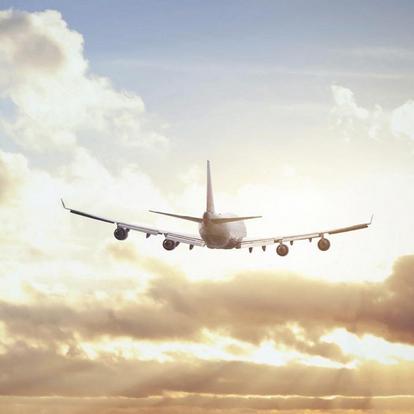Getting through airport security with the Dexcom G6 CGM System
Dexcom G6 CGM can be a great travel companion; you can go through metal detectors, be hand wanded, and even keep your receiver on during your flight. This page only covers the Dexcom G6 CGM System. It doesn’t cover steps you need to take when traveling with your smart device. See your smart device’s user guide for travel tips.

security equipment to use
Hand-wanding, pat-downs, visual inspections, and walk-through metal detectors are all methods that can be used without worrying about damaging your G6 components. If you’re concerned or uncomfortable about walking through the metal detector, the Transportation Security Administration (TSA) requests you tell the Security Officer you’re wearing a continuous glucose monitor and want a full-body pat-down with a visual inspection of your sensor and transmitter.
Let the Security Officer know the sensor can’t be removed because it’s inserted under the skin.
Because we have not tested every AIT body scanner and x-ray machine or know the damage they may cause the G6 we recommend hand-wanding or full body pat down and visual inspection to be safe.
security equipment to avoid
Be sure to follow the instructions in the Dexcom G6 user guide. If you don't, you could have a severe low or high glucose event.
Click here to download our "Notice of Medical Device" letter. This can be filled out by your physician and presented to airport security to better explain your Dexcom CGM System.
When wearing your G6, ask for hand-wanding or a full-body pat down and visual inspection instead of going through the Advanced Imaging Technology (AIT) body scanners (also called a milimeter wave scanner).
Don’t put your Dexcom G6 CGM System components through x-ray machines. Place all components in a separate bag before handing over to the Security Officer. For other medical supplies, such as medications, meters, and strips, check manufacturer instructions or the Transportation Security Administration (TSA) website.

on the plane
To use your smart device or receiver to get sensor glucose information while on the plane:
• Smart device: Switch to airplane mode, then turn Bluetooth on
• Receiver: Keep receiver on
Contact your airline for their policies.
technical information
The G6 is an M-PED (Medical-Portable Electronic Device), which meets the FAA RTCA / DO-160 edition G Section 20 Category T and Section 21, Category M. It can be used on aircraft according to the directions provided by the operator of the aircraft.
This device can withstand exposure to common electrostatic (ESD) and electromagnetic interference (EMI)
Still Have Questions?
Visit the TSA’s website if you have any questions or concerns at tsa.gov.
Email: [email protected]
Phone: Call 1.866.289.9673
Visit the TSA’s website if you have any questions or concerns at tsa.gov.
Email: [email protected]
Phone: Call 1.866.289.9673
